USB-C, USB-B, USB-A: Navigating Their Distinctive Roles and Optimal Utilizations | ZONSAN
The Journey and Essentials of USB
Embarking in 1996 with USB 1.0, the USB standard has journeyed through a remarkable evolution, culminating in the groundbreaking USB 4 in 2019. Initially conceptualized to unify communication and power modalities for computer peripherals, USB has since metamorphosed into a multifaceted connector, encompassing an array of devices, notably in audio and video domains.
USB-A: The Ubiquitous Pioneer
USB-A, instantly recognizable with its flat, rectangular design, reigns as the most prevalent USB variant. This connector, integral to desktop PCs, laptops, game consoles, and an array of host devices, is characterized by its non-rotationally symmetrical architecture—dictating a singular insertion approach. Versatile in its compatibility, USB-A traverses various versions from 1.1 to 3.1, with data transfer speed hinging on the specific USB iteration.
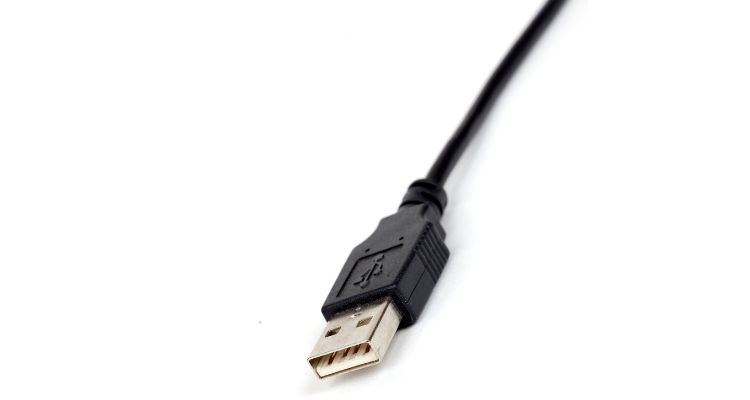
USB-B: The Niche Player
Less prominent in the modern tech landscape, USB-B is primarily allied with printers, scanners, and routers. Its squarer form, accentuated by a minuscule rectangular aperture, marks its distinction from USB-A. Although sharing USB-A's versatility in version support, USB-B's footprint in today's consumer electronics remains modest.
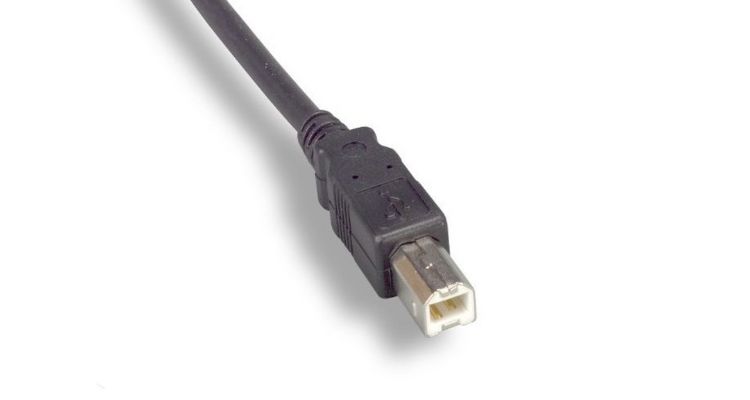
USB-C: Charting the Future
USB-C emerges as the vanguard in USB technology, boasting a compact and sleek design apt for slimmer gadgets like contemporary laptops and smartphones. Its most lauded feature? Full reversibility. This connector champions bidirectional power flow, thus enabling mutual device charging and the energizing of larger displays. Pioneering in data transfer prowess, USB-C is a linchpin for high-resolution monitors. Its compatibility spectrum spans across USB 3.x, USB 4, to Power Delivery, contingent on the specific design implementation.
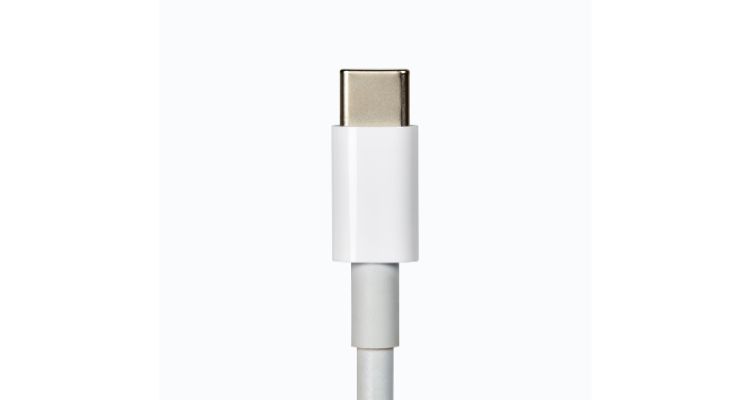
Mini and Micro USBs: The Transitional Icons
Mini USBs, bifurcated into Mini-A and Mini-B, marked a pivotal shift for portable devices such as cameras and nascent smartphones. Their successors, Micro USBs, while prevalent in many smartphones, are witnessing a gradual phase-out in favor of USB-C in newer models.
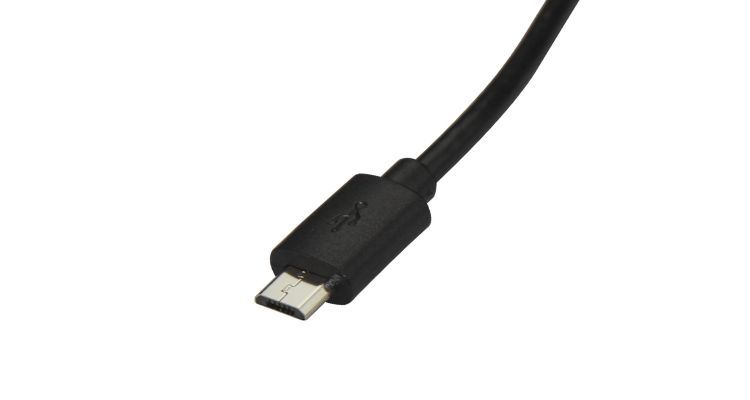
Lightning Cables: Apple's Distinctive Path
Apple’s Lightning cables, divergent from conventional USB standards, serve iPhones and iPads. These cables marry a reversible design with a USB-C connector at one end, exemplifying Apple's unique approach to USB connectivity.

Selecting the Apt USB Connector
In the realm of USB connectors, the choice hinges on the device's port and its requisite functions. USB-C stands as the frontrunner for rapid charging and swift data transfer, while USB-A maintains its stronghold across various peripherals. USB-B, meanwhile, caters to more specific applications.
Troubleshooting USB Quandaries
Confronted with nonfunctional USB ports? The solutions range from trying alternate ports, substituting the USB cable, to meticulous port cleaning. Rebooting the system or resetting hardware configurations (SMC for Mac, device manager scans for Windows) can also be effective.
Concluding Insights
Positioned as the harbinger of future standards, USB-C dazzles with its high-speed data transfer, versatile power delivery, and user-friendly reversible design. As our world becomes increasingly digital, the prowess and adaptability of USB-C stand poised to streamline and enhance our interactions with a myriad of electronic devices, signifying a pivotal step in USB's ongoing narrative.
Zonsan Hot Charger Series
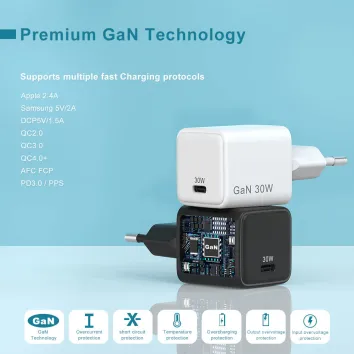
Read More
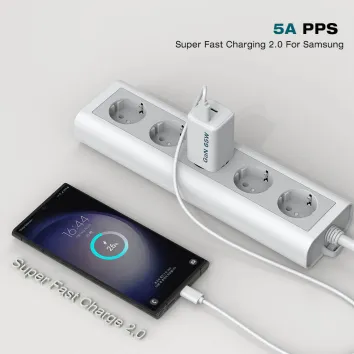
Read More
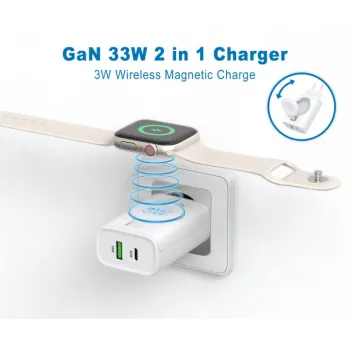
Read More